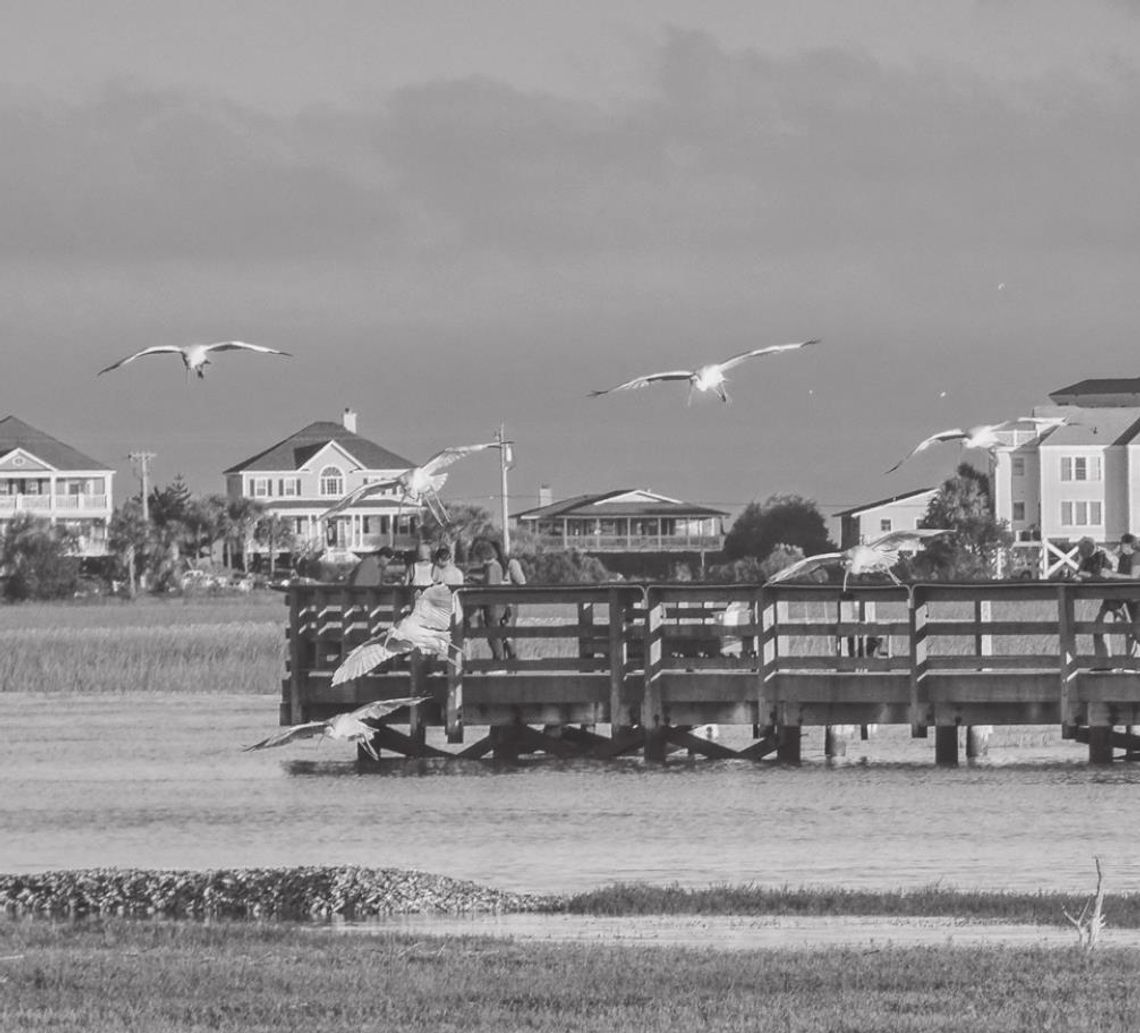The annual Big Day worldwide bird count was completed on Oct. 9 and some 32,000 people sent in checklists totaling 7,269 bird species. Most checklists came from the U.S., and the fewest came from Brazil.
I haven’t examined the results in detail, but my guess is that very few people reported seeing whimbrels, nut-brown shorebirds with long wings and a long, downwardcurved bill.
Whimbrels are a species in decline, partially because their preferred habitat, marshy wetlands and barren shorelines, are also in decline. We have whimbrels in Texas and I once saw one on a beach near Galveston.
However, there is one barrier island off the coast of South Carolina, near Charleston, where some 20,000 of these birds gather and propagate. It’s called Deveaux Bank and fully a quarter of the world’s total whimbrel population shows up here.
I once lived in Rock Hill, South Carolina, and visited Charleston where people showed me fancy flower gardens, but I did not see the Deveaux bird sanctuary. And that’s a pity, because I’m told the sight of thousands of these large birds coming in at dusk is one of nature’s visual delights.
At this time of year, the whimbrels are leaving for South America, where they will over-winter. But come spring, many will fly back to their sandy island home in South Carolina.
If you visit the Texas coast, or journey to South Carolina, I hope you get a chance to see a whimbrel. It is a rare and interesting bird.



